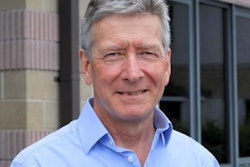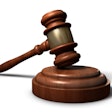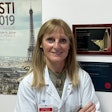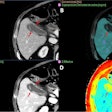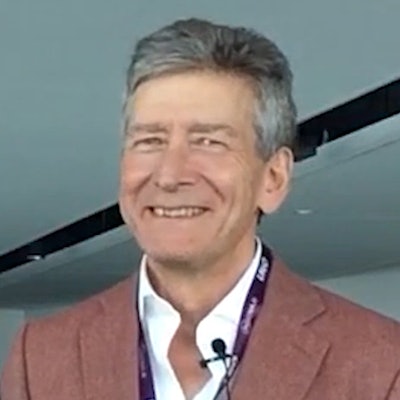
"It's no use going back to yesterday because I was a different person then" (Lewis Carroll, Alice's Adventures in Wonderland, 1865)
It hasn't been an easy decision to add to the millions of words already written about the impact of COVID-19 on radiology. I've felt my share of COVID-fatigue. And yet so much has happened so quickly that the urge to share some personal observations has proved irresistible.
Who would have thought a couple of months ago that we'd be phoning patients trying to persuade them to attend for scans? That our waiting rooms would be as empty as our worklists? That the backlogs of reporting that have haunted us in the U.K. for years would have vanished, as if by magic? How did that happen?
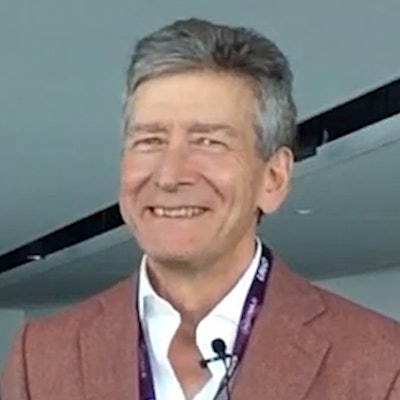 Dr. Giles Maskell from Royal Cornwall Hospitals National Health Service (NHS) Trust.
Dr. Giles Maskell from Royal Cornwall Hospitals National Health Service (NHS) Trust.Most of us will have gone through several changes of mindset over recent weeks. Speaking for myself, an initial phase of curiosity and mild apprehension was followed by a period of real fear -- not only for my own health and that of my family and friends but also that our services might be overwhelmed by this pandemic. As things have unfolded, the impact of the disease itself has so far been less than expected in my region of southwest England. We now realize that our real problems will come in the weeks and months ahead as we try to restore services that have been suspended and attempt to get back to some form of normality. For imaging, the crisis is only just beginning.
The response of the imaging community to the outbreak so far has been remarkable. Our specialist societies and professional bodies reacted with astonishing speed to produce guidance (such as the advice of the British Society of Thoracic Imaging) on how to manage patients with this new disease. At a local level, great leadership has been shown by radiologists and radiographers working together to produce protocols to ensure patient and staff safety, redesigning patient pathways through physically constrained departments, and responding to the ever-changing government advice and demands of our clinical colleagues.
Projects that have been in preparation for years have suddenly found wings. Previously regarded as "too difficult" for many organizations, reporting from home has suddenly become the norm. The separation of acute from elective imaging that many of us have long advocated has become a necessity, driven by infection-control concerns. The reduction in imaging for non-COVID-19 conditions has meant that true "hot reporting" -- a distant memory for some of us, a new experience for others -- has once again become realistic, with demonstrable benefits for patient care and greatly improved job satisfaction for reporters.
Restoring services
But now the hard work begins, as we move to restore services. Social distancing, enhanced cleaning regimes, and other measures designed to improve patient and staff safety are all reducing throughput. No more crowded waiting rooms and "production-line imaging" with one patient leaving the room as the next arrives.
At the time of writing, patients are understandably reluctant to attend hospitals, and our most pressing task is to persuade those who really will benefit from imaging that it is safe to do so. It remains to be seen how long this will persist, but the chronic underfunding of imaging services in the U.K., with too few staff and too few machines, is really catching up with us. The fact that nearly all our CT capacity is sited in acute hospitals -- the very places patients are most reluctant to attend -- is also working against us. Many chickens are coming home to roost.
In the meantime, radiology departments are having difficult conversations with referrers, many of whom struggle to understand that they are going to have to cope with significantly reduced imaging capacity for the foreseeable future. The perennial exhortation to "just do it" is being heard at increasing volumes from some of our clinical colleagues. It will take all our reserves of patience and tact to maintain cordial relations in the weeks ahead.
The new normal
A great deal has been said about "the new normal" and "not wasting a good crisis." The beneficial side-effects of this pandemic for U.K. radiology have already included an end to reporting backlogs. The challenge for us now is to maintain that and keep rapid turnaround times as the norm.
The need to separate "hot" and "cold" imaging streams is leading to a renewed (and long-overdue) focus on imaging in the community, away from our crowded and potentially hazardous acute hospitals. The enhanced collaboration we have seen both between professions within our own departments and between neighboring organizations is a model of working that we must try to sustain into the future. Let's hope that those who have put their hands up to take on leadership roles during the crisis develop a taste for it and begin to appreciate the professional rewards to be gained from service leadership as well as clinical excellence.
It's easy to say in the heat of a crisis that things will never be the same; just as easy, once the heat is off, to lapse back into old ways. After all, most of the pressures which existed before will not have gone away. The challenge for us is to hold on to the best of what has been introduced in haste and not simply to drift back to yesterday. After all, we were different people then.
Dr. Giles Maskell is a consultant radiologist at Royal Cornwall Hospitals National Health Service (NHS) Trust, Truro, U.K. He is a former president of the U.K. Royal College of Radiologists. Competing interests: None declared.
The comments and observations expressed herein do not necessarily reflect the opinions of AuntMinnieEurope.com, nor should they be construed as an endorsement or admonishment of any particular vendor, analyst, industry consultant, or consulting group.




